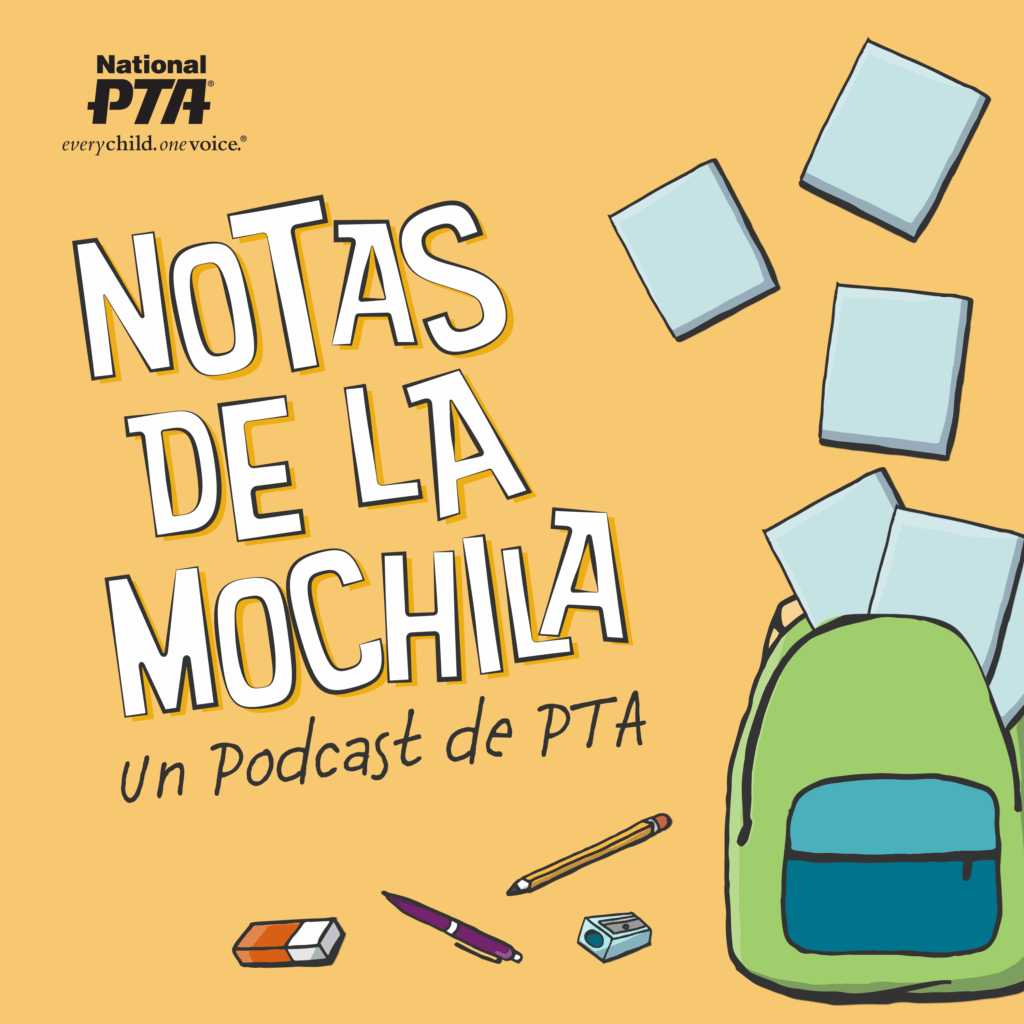As parents and educators, our children’s and students’ safety is always paramount. From a young age, we ensure our kids buckle their seat belts and look both ways before they cross the street. We also educate them on more adult issues, like the dangers of substance abuse. Exposing children to the benefits of suicide prevention is equally as important when it comes to protecting our children’s well-being and safety.
Unfortunately, the topic of suicide prevention is often not openly discussed in and outside of the classroom. Part of this is due to its taboo nature. As Jonathan Singer, author of “Suicide in Schools” remarked in GoGuardian’s livestream panel about suicide prevention in schools, “Many schools are afraid of the liability. Their response is, ‘Isn’t it better if we don’t ask about suicide?’ My answer is no—it’s always better to ask and know than to not ask and stay ignorant.”
Indeed, addressing the needs of the “whole child” means going beyond mere academic achievement to consider a student’s physical, social, and emotional needs. Understanding how children are doing emotionally and mentally is key to being in touch with how they are growing and progressing.
Here are three recommendations for initiating critical conversations about suicide prevention with your child and your child’s school community:
Research model policies for suicide prevention and mental health in schools.
One way PTA members, parents and communities can get involved is by reaching out to school leaders about creating a suicide prevention program in your school or district. A great tool for this is the American Foundation for Suicide Prevention’s Model School District Policy on Suicide Prevention. It lays out simple, actionable steps for creating a suicide prevention plan, offers sample language for student handbooks, has suggestions for involving parents and guardians in suicide prevention, and contains guidance for addressing in-school suicide attempts.
Ask what policies your child’s school has in place regarding suicide prevention.
Youth suicide is a rising issue, yet some schools are still playing catch up when it comes to creating prevention plans to address it. As Dr. Lori Vollandt writes in “Social-Emotional Learning and Suicide Prevention in Schools”, “Schools are a natural location for suicide prevention, given that school sites are where youth spend a significant amount of time and considering a district’s implicit responsibility to protect the welfare of its students. As a standard, school districts should have best practices and policies in place that identify clear responsibilities in the event that a student is at-risk.”
In addition to instituting a policy for suicide prevention and postvention (an organized response in the aftermath of a suicide), school districts can help curb youth suicide by investing in robust social-emotional learning (SEL) programs: research specifically highlights school-based SEL programs as an effective approach to suicide prevention.
Social-emotional learning (SEL) is the process through which we acquire and effectively apply the knowledge, attitudes and skills necessary to manage emotions, set and achieve positive goals, and make responsible decisions. If you’re unsure about the status of your child’s school’s SEL programs, as a member of the PTA, you can be can be great advocates for reaching out to initiate one.
Have a conversation about mental health with your child.
We must be willing to have the difficult conversations necessary to help our children get the help they may need. However, bringing up these sensitive topics as a parent can be challenging. Often, when a child is struggling, they feel shame or fear. By discussing mental health in the home, parents can help to demystify suicidal thoughts and open up a dialog.
The Society for Prevention of Teen Suicide recommends being as honest as possible: by acknowledging any discomfort, you give your child permission to acknowledge their discomfort too. If you’d like more information about talking to your children about suicide, you can refer to these talking points for parents.
While there has been a rise in youth suicide, there are also more resources, tools and information available than ever before to help prevent it. For more resources on youth suicide prevention, visit GoGuardian’s Suicide Prevention Resource Center designed for schools, parents and partners. It truly takes a village to educate and nurture a child. By working collectively as a community, we can all take part in helping to stem the nationwide wide crisis of youth suicide together.
[infobox maintitle=”Want more on this topic?” subtitle=”See How To Help Your Child Navigate Where Bullying is Common ” bg=”blue” color=”black” opacity=”off” space=”30″ link=”https://ptaourchildren.org/how-to-help-your-child-navigate-where-bullying-is-common/”]
Michelle Ramos is the strategic partnerships lead for GoGuardian. She builds innovative national partnerships for the company. If you’d like more information about suicide prevention training for your child’s school, please feel free to contact her directly at [email protected].


















